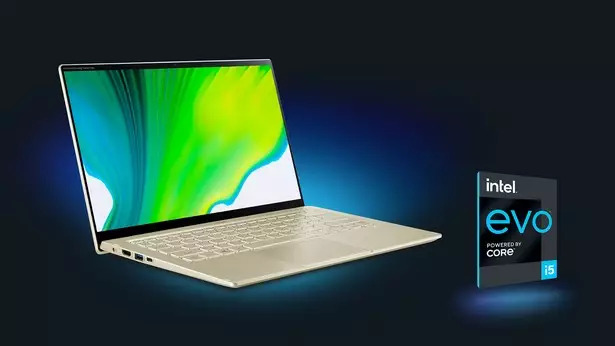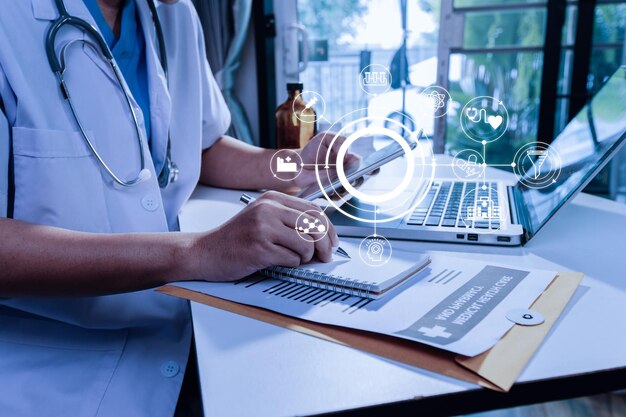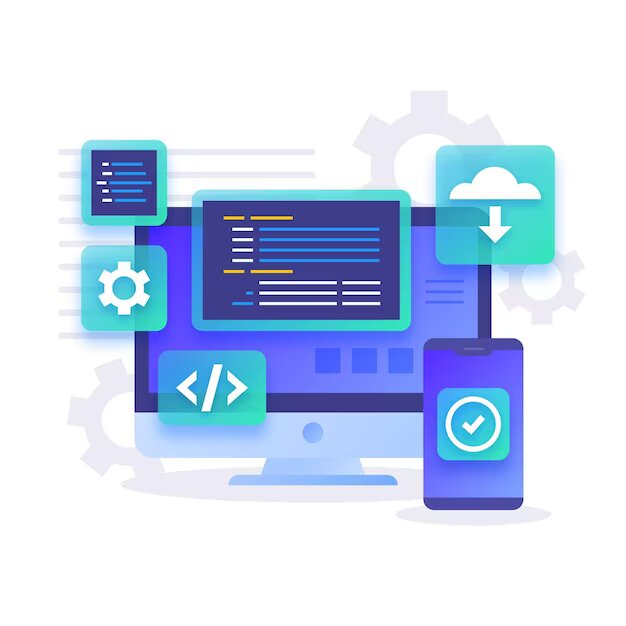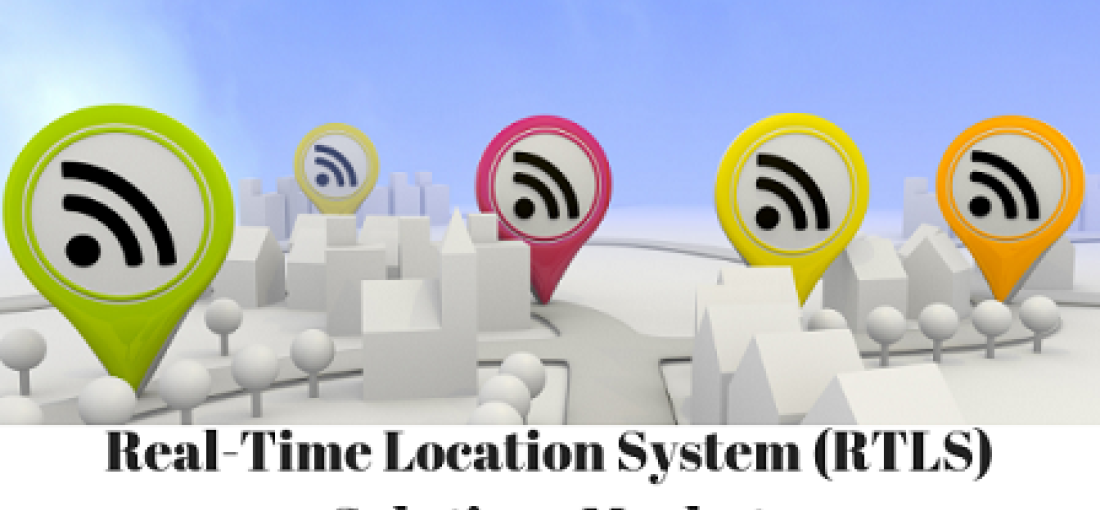The LIDAR sensors are one of the most effective and efficient methods of remote sensing and geographical tracking. The use of the 3D sensors helps to manage and track terrain and topographic data.
What makes 3D LIDAR systems accurate?
The use of 3D LIDAR systems helps to examine the earth’s surface and assess ground surface data. This also helps to create models for evaluation.
With the use of 3D sensors and technologies like Integrated Measurement Units or IMU, 3D land maps can be created. Similarly, aerial photogrammetry and airborne systems can collect accurate data in limited lighting. The 3D scanner can even capture points on the ground surface, even through dense vegetation. This data can then be post-processed using advanced PPK functionality. This means that the positioning doesn’t occur in real time. The position algorithms can be applied after data has been collected and analyzed.
These advantages make LIDAR systems ideal for use in areas like –
-
Corridor mapping,
-
Mining,
-
Forestry,
-
Civil engineering,
-
Quarry management,
-
Environment monitoring, etc.
How are LIDAR systems used by the construction industry?
Construction sites have a lot of moving pieces and these use a variety of general contractors, engineering services, and solutions to ensure effective results. In addition to this, the cost of the project deadlines are tight and delays are costly.
Using up-to-date records is important to ensure effective decision-making. This is why the construction industry is moving to LIDAR systems. These are used for building information modeling or BIM applications. LIDAR systems can also help to procure accurate measures for 3D models and to monitor structures.
Using a drone system loaded with LIDAR technology, it is easy to collect information. With the sharp and detailed images produced using drones, it is easy for the site managers to track progress and make informed decisions. Using the latest data and reconstructive site maps, engineers can make accurate and efficient decisions. Aerial images can also act as a valuable visual aid for stakeholders. This makes it easy to determine what work has been accomplished and what is pending.
Another critical advantage of choosing these systems is that they allow project managers and architects to visualize the conditions of the project.
How are LIDAR systems helping the automobile industry?
The LIDAR systems are robust methods for use in the automobile industry especially in autonomous vehicles. These help to control the costs of real-time tracking and monitoring of data.
These also help to create a safe and secure transportation solution. With the right equipment, it is easy to capture and monitor data. This brings safety to the vehicle and meets the requirements that otherwise are not covered by the RADAR and other technologies.
Source Url- https://www.buymeacoffee.com/beamagine/understanding-various-applications-3d-sensors





